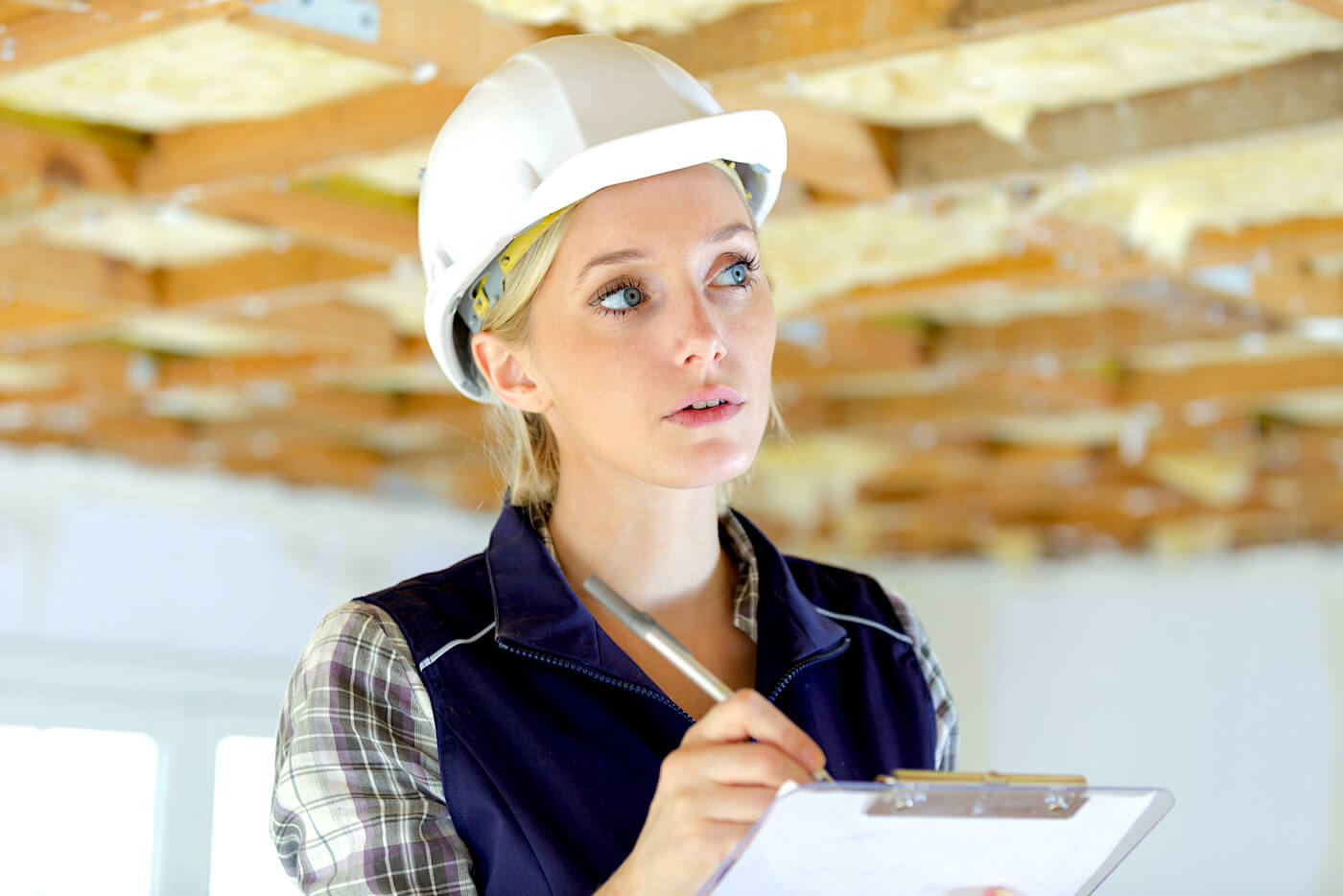🔥 Hidden HVAC Smoke Damage: What Insurers Often Miss

After a fire, most eyes turn to what’s visibly burned the walls, ceilings, appliances, or flooring. But what if the real damage is circulating invisibly through your home? HVAC systems, with their intricate ducts and vents, are highly vulnerable to smoke infiltration. Unfortunately, this type of damage is frequently overlooked during insurance assessments, often leading to underpaid or denied claims.
🌫️ How Smoke Moves Through Your HVAC System
When a fire breaks out even in a contained area the smoke it produces doesn’t stay localized. HVAC systems function like highways for air. Once activated, they draw in smoke particles, which then travel through ducts and vents, spreading residue far beyond the initial burn site.
This circulation affects not only the air quality but also leaves a layer of oily soot on internal components, filters, and insulation inside the ductwork. Worse yet, the damage isn’t always visible from the outside, making it easy for insurers to underestimate or ignore.
⚠️ The Unseen Threat of Lingering Contaminants
Even after a fire is extinguished and visible damage is addressed, the HVAC system may still pose health risks. Residual contaminants can:
- 😷 Continue to emit strong, unpleasant odors
- 🤧 Trigger allergies and respiratory issues
- 🧲 Corrode metal components over time
- ⚡ Impact system efficiency and energy usage
These effects may take weeks or months to surface, which is why prompt investigation is key. In many insurance HVAC fire claims, these hidden layers of harm are labeled as “secondary” or “minor” when in fact, they can lead to major long-term problems if ignored.
❌ Why Your Insurer Might Miss the Full Picture
Insurance adjusters often rely on visual inspections or general cleaning quotes. They may assume that once the filters are replaced and the ducts are sanitized, the system is back to normal. This limited view often leads to incomplete settlements, especially when subtle forms of undetected smoke damage are involved.
Moreover, policyholders aren’t always aware of what their coverage includes. Many fail to realize that air system smoke claim provisions exist and can be utilized when there’s internal damage to the HVAC. But these claims must be clearly documented — ideally with the support of a professional who knows what to look for.
🧾 The Role of a Public Adjuster in HVAC Smoke Claims

Public adjusters work exclusively for the policyholder, not the insurance company. They:
- 🔍 Conduct thorough inspections of HVAC systems
- 🧼 Document soot residue, contamination, and corrosion
- 📋 Provide detailed damage reports backed by industry standards
- 🤝 Handle negotiations with the insurer to include every loss
A skilled adjuster knows how to file a strong air system smoke claim, ensuring that nothing is dismissed as incidental or cosmetic. Their assessments often include photos from inside ductwork, particle testing, and expert recommendations for system replacement when needed.
🔎 Revealing Signs of Smoke Contamination in Air Systems
Not every home fire results in immediately obvious HVAC issues, but there are subtle indicators you shouldn’t ignore:
- 👃 Persistent smoky odor even after cleanup
- 🌬️ Reduced airflow or inconsistent room temperatures
- 🟤 Discoloration near vents or on air returns
- 🔊 Strange noises from the system during operation
- 🤧 Increase in allergy symptoms or respiratory discomfort
In many cases, homeowners report these symptoms long after the fire, by which time insurance claims may already be settled. By then, re-opening the case becomes difficult unless properly documented from the start.
📂 Proper Documentation Can Make or Break Your Claim
To secure rightful compensation in an insurance HVAC fire claim, documentation is everything. This includes:
- 📸 Photos of duct interiors showing soot buildup
- 🛠️ Professional HVAC assessments
- 🧪 Air quality test results
- 📄 A detailed list of components impacted
- 💰 Estimates for cleaning, repairs, or full replacement
Adjusters who specialize in fire loss will prepare this documentation with precision, increasing your chances of a fair payout.
🛡️ Proactive Measures to Protect and Prove
Before any disaster strikes, it’s helpful to understand your system and policy coverage. Consider the following:
- 🧾 Have your HVAC system inspected annually, with records maintained
- 📷 Take “before” photos of equipment for reference
- 📚 Know your policy’s limits on HVAC-related damages
- 🛠️ After a fire, request a complete mechanical inspection — not just cleaning
These small steps can provide essential proof when filing a smoke damage HVAC claim, and may help push back against incomplete insurer evaluations.
✅ Don’t Let Hidden Damage Go Unclaimed
HVAC systems silently manage the air we breathe — but after a fire, they may also silently harbor unseen risks. Recognizing and properly addressing this damage is essential for both health and financial recovery. While insurers often overlook the complex nature of undetected smoke damage, experienced public adjusters help ensure your claim accounts for every detail.
By going beyond surface-level inspections, they help policyholders receive full coverage — not just a partial payout.

